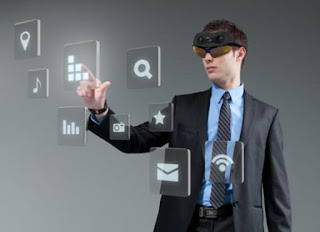Flying Insect like robot - RoboBee by Harvard University

As engineers and scientists collaborate to design ever more sophisticated aerial robots, nature has been a constant source of inspiration, with flying insects, birds and mammals providing valuable insights on how to get airborne. Recently, a robotics team at Harvard University developed a method that would allow their insect-size flying robot — dubbed "RoboBee" — to conserve energy midflight, much as bees, bats and birds do. By attaching a shock-absorbing mount and a patch that conducts electricity, the researchers were able to direct the tiny robot to perch on a variety of surfaces and then take off again. When activated, the electrical charge held RoboBee in place, much like how a balloon will stick to a wall after you rub it against a wool sweater. Terminating the charge enabled the robot to detach from the surface and fly away. RoboBee is about the size and weight of an actual bee — about 0.004 ounces (100 milligrams) and 0.8 inches (20 millimeters) ta...


